Evolving Culinary Trends
The Organic Lamb Market is influenced by evolving culinary trends that emphasize gourmet and artisanal food experiences. Chefs and home cooks alike are increasingly incorporating organic lamb into their recipes, driven by a desire for high-quality, flavorful ingredients. The rise of farm-to-table dining and the popularity of organic lamb in upscale restaurants contribute to its growing visibility and desirability. Market data reveals that organic lamb dishes are becoming staples in many culinary establishments, reflecting a broader trend towards premium, sustainably sourced ingredients. This culinary shift not only enhances the appeal of organic lamb but also encourages consumers to explore new cooking methods and recipes, thereby expanding the market. As culinary innovation continues to thrive, the Organic Lamb Market stands to benefit from increased consumer interest and engagement.
Increased Online Retailing
The Organic Lamb Market is experiencing a transformation due to the rise of online retailing. E-commerce platforms are becoming increasingly popular for purchasing organic products, including lamb. This shift is particularly relevant as consumers seek convenience and accessibility in their shopping experiences. Recent statistics indicate that online sales of organic meat have surged, with many consumers preferring to order directly from producers or specialty retailers. This trend suggests that the Organic Lamb Market could see significant growth as more consumers turn to online channels for their organic lamb purchases. Additionally, the ability to provide detailed product information and transparency about sourcing practices enhances consumer trust and engagement. As online retailing continues to expand, the Organic Lamb Market is likely to benefit from increased visibility and sales opportunities.
Health Benefits of Organic Lamb
The Organic Lamb Market benefits from the perceived health advantages associated with organic meat consumption. Studies suggest that organic lamb is often richer in essential nutrients and omega-3 fatty acids compared to conventionally raised lamb. This nutritional profile appeals to health-conscious consumers who are increasingly prioritizing their dietary choices. The market data indicates that organic lamb is perceived as a healthier alternative, which is likely to drive sales in the coming years. Furthermore, the absence of synthetic hormones and antibiotics in organic lamb production resonates with consumers concerned about food safety and quality. As awareness of these health benefits spreads, the Organic Lamb Market may witness a sustained increase in demand, particularly among consumers seeking to improve their overall well-being through dietary choices.
Supportive Regulatory Environment
The Organic Lamb Market is bolstered by a supportive regulatory environment that promotes organic farming practices. Governments and regulatory bodies are increasingly implementing policies that encourage organic agriculture, providing incentives for farmers to transition to organic methods. This regulatory support is crucial for the growth of the Organic Lamb Market, as it ensures a consistent supply of organic lamb products. Recent initiatives aimed at enhancing organic certification processes and promoting organic farming education contribute to the industry's stability and growth potential. As more farmers adopt organic practices, the availability of organic lamb is likely to increase, meeting the rising consumer demand. This supportive framework not only fosters market growth but also enhances consumer confidence in the integrity and quality of organic lamb products.
Rising Demand for Organic Products
The Organic Lamb Market experiences a notable increase in demand for organic products, driven by consumers' growing awareness of health and environmental issues. As more individuals seek sustainable and ethically sourced food options, the preference for organic lamb has surged. Recent data indicates that organic meat sales have risen by approximately 20% over the past year, reflecting a shift in consumer behavior. This trend suggests that the Organic Lamb Market is well-positioned to capitalize on the increasing consumer inclination towards organic and natural food sources. Retailers are responding by expanding their organic offerings, which further fuels market growth. The emphasis on organic farming practices, which prioritize animal welfare and environmental sustainability, aligns with the values of a significant segment of the population, thereby enhancing the appeal of organic lamb products.


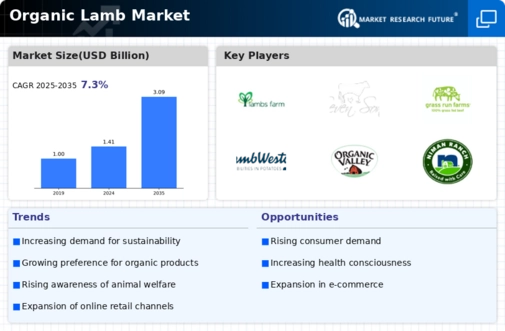
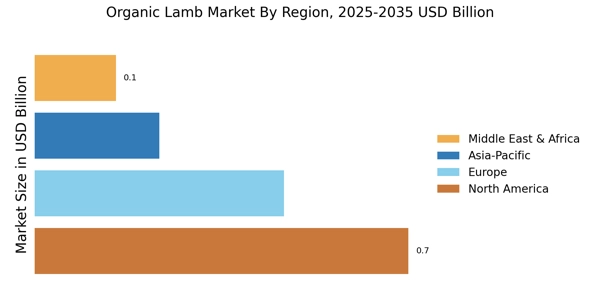
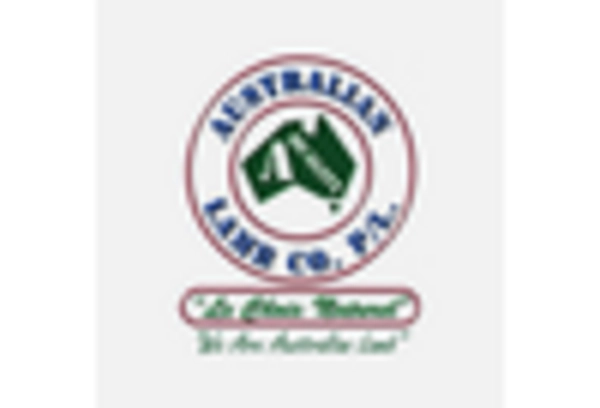
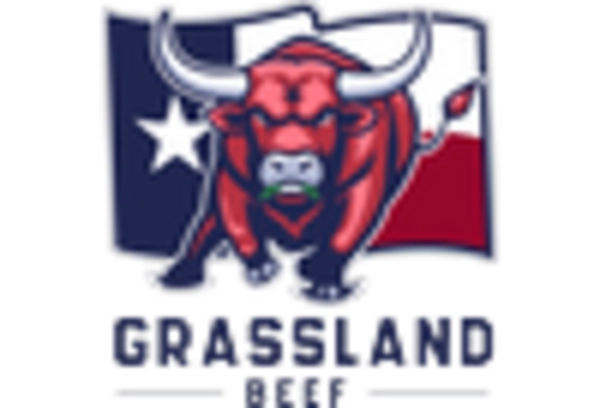
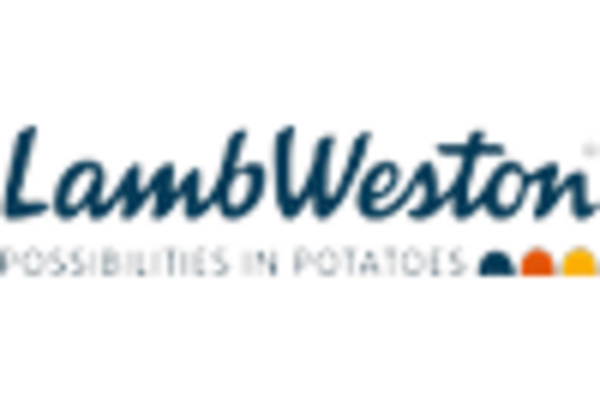
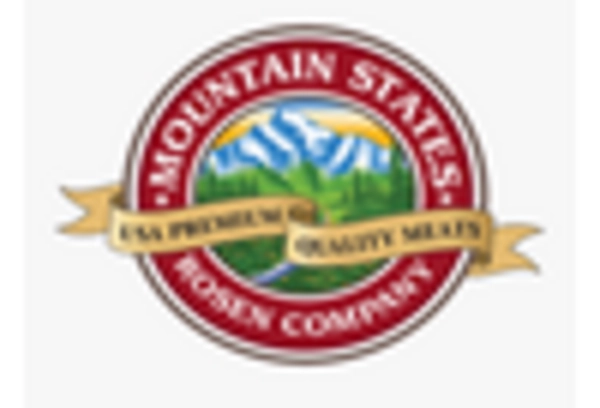
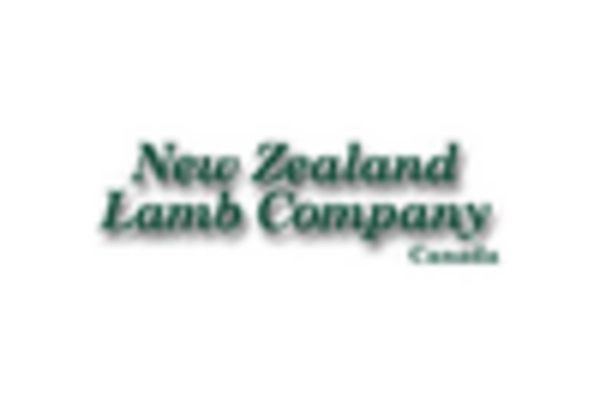
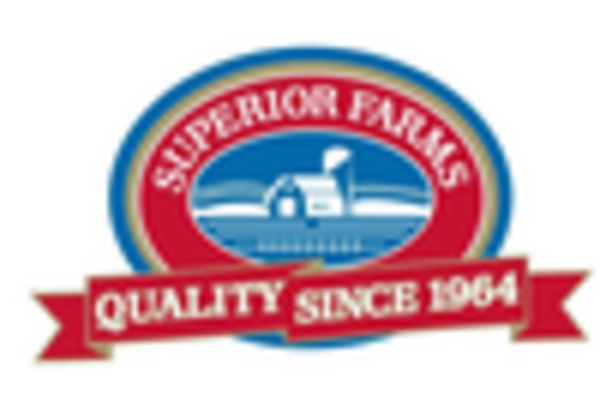








Leave a Comment